

(c) Fotolia
With 5 Inserm researchers awarded grants under the Starting Grants 2016 call for proposals from the European Research Council (ERC) in life sciences, and 4 grants awarded to researchers working in its joint research units, Inserm is confirmed as the leading biomedical research institution in Europe. In the life sciences, France is in second place, just behind Germany.
The ERC Starting Grants are issued every year by the European Research Council. They are intended for excellent young researchers with 2-7 years’ experience in a European research structure following their PhD. This year, 99 projects were selected by ERC in the life sciences field, including 9 conducted by researchers or lecturer-researchers working at Inserm.
Funding of up to €1.5 million per grant (a total of €485 million for the 325 people awarded grants on foot of this call for proposals) will be disbursed over a period of up to 5 years. It will enable the young researchers to build their team by recruiting post-doctoral fellows and PhD students to carry out their research project.
“I extend my congratulations to all those awarded grants under the ERC ‘Starting Grants’ 2016 call for proposals. They embody the excellence of research at Inserm, and the new generation of researchers that our policy aims to encourage,” emphasises Yves Lévy, Chairman and Chief Executive Officer of Inserm. “Following their success, I invite researchers to submit their ideas for the next ERC ‘Starting Grant’ call for proposals, 2017, which will close on 18 October next.”
Inserm grantees:
Amélie Bonnefond
Mathilde Bonnefond
Nabila Bouatia-Naji
Léon Kautz
Timothy Wai
Grantees working in Inserm joint structures:
Hubert Cochet (University of Bordeaux)
Luc Friboulet (Gustave Roussy Institute)
Harry Sokol (UPMC)
Adam Williamson (Aix Marseille University)

(c) Fotolia
Between now and 2050, the number of people aged over 60 years is set to double according to estimates by the World Health Organisation, thus going from 65 million to 2 billion. Seniors may then represent 22% of the world population in 2050.[1] In this context, prevention and encouraging people to “age well” constitutes a primary challenge for our societies.
In an attempt to respond to this problem, the research programme Silver Santé Study was launched in January 2016. This European project, coordinated by Gaël Chételat at Inserm Caen, is aimed at evaluating the impact of meditation on the well-being and mental health of older people.
A first clinical trial will be conducted in four countries to study the effects of meditation on patients at a high risk of developing Alzheimer’s disease. Meanwhile, a second trial will be conducted only in Caen, on two groups:
– A group of expert meditators aged over 65 years, with over 10,000 hours of practice, in order to determine the mechanisms of action by which meditation might prevent ageing,
– A group of people aged over 65 years without cognitive impairment. 126 participants will be monitored for 18 months, randomly divided into three groups: the first will follow a meditation programme developed as part of the project and appropriate for this population; the second will follow an English language learning programme, and the third group will have no intervention. Tests done prior to the study and after 18 months of monitoring will allow the effects of the two mental interventions to be assessed. The initial results of the study will be known in late 2019.
Inserm is looking for volunteers aged over 65 years, based in Caen and the surrounding area, to participate in this study. Information sessions will be held on 8 October and 22 October 2016 in PFRS Caen, and a participation form is available at the following address: https://silversantestudy.fr/. If you have any questions, you may contact Gaël Chételat, Inserm Research Director, and coordinator of the study.
[1] Source: WHO

© Fotolia
Narcolepsy-cataplexy is a rare and serious sleep disorder characterised by excessive daytime drowsiness and sudden loss of muscle tone. It is due to the loss of a population of neurons, known as the orexinergic neurons, located in the lateral hypothalamus. These neurons secrete a neurotransmitter, orexin, which stimulates the appetite and waking state. The aetiology of the disorder remains poorly known, although the genetic and environmental factors associated with narcolepsy, together with serological data, all point to a probable autoimmune origin.
In order to study the potential autoimmune aetiology, Inserm researchers at Unit 1043, the “Toulouse Purpan Pathophysiology Center” (Inserm/University of Toulouse/CNRS), have developed a mouse model that mimics narcolepsy. They thus generated mice expressing an autoantigen, haemagglutinin, specifically in the orexinergic neurons (Orex-HA mice). The mice were injected with effector T cells specific for this autoantigen.
CD4 T cells infiltrated the hypothalamus and triggered local inflammation, but did not induce destruction of the orexinergic neurons, in contrast to cytotoxic CD8 T cells. This neuronal loss led to cataplexy and sleep disorders in these mice, mimicking human narcolepsy.
“These results suggest that immunotherapy might be used to treat narcolepsy-cataplexy, and they identify a potential cellular target for this therapeutic strategy,” concludes Rolan Liblau, who conducted this work.
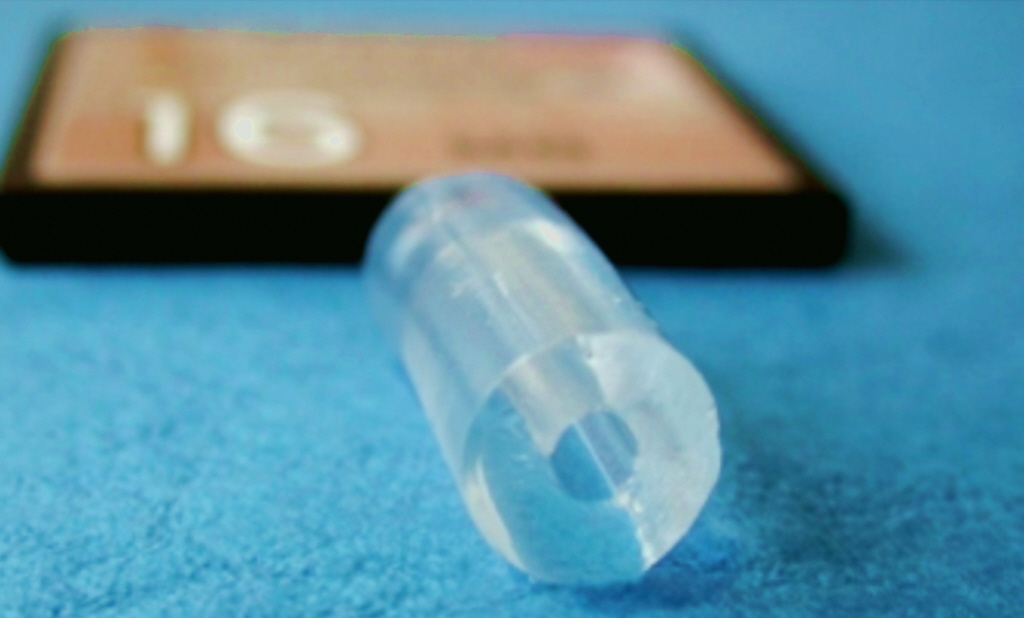
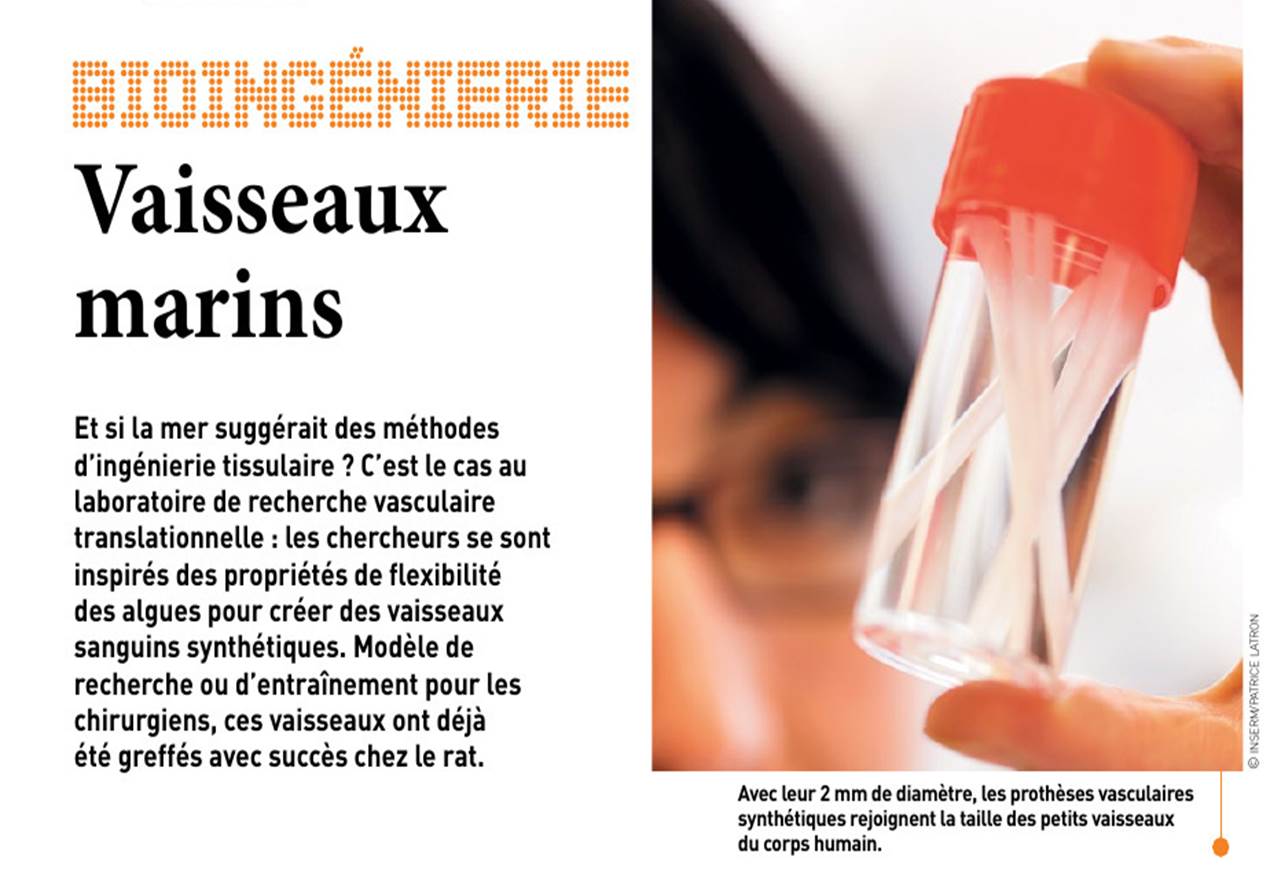
Researchers are aiming to produce flexible and malleable substitute materials to replace defective small blood vessels. The team led by Didier Letourneur, in Inserm Unit 1148, took inspiration from the composition of algae when designing polysaccharide-based vessels.
Read the whole article in Science & Santé magazine issue no. 31 (April/May 2016)
These synthetic vessels have been successfully grafted in rats. “At three months post-graft, three quarters of the vessels that had been grafted in the place of the abdominal aorta were functional,” states Cédric Chauvierre, laboratory physical chemist.
BIOLOGICAL ENGINEERING
Marine vessels
What if the sea could suggest tissue engineering methods? This is indeed the case in the translational vascular research laboratory: the researchers drew inspiration from the flexible properties of algae to create synthetic blood vessels. Whether used as a research model or to train surgeons, these vessels have already been successfully grafted in rats.
Two millimeters in diameter, synthetic vascular prostheses are the size of small vessels in the human body.

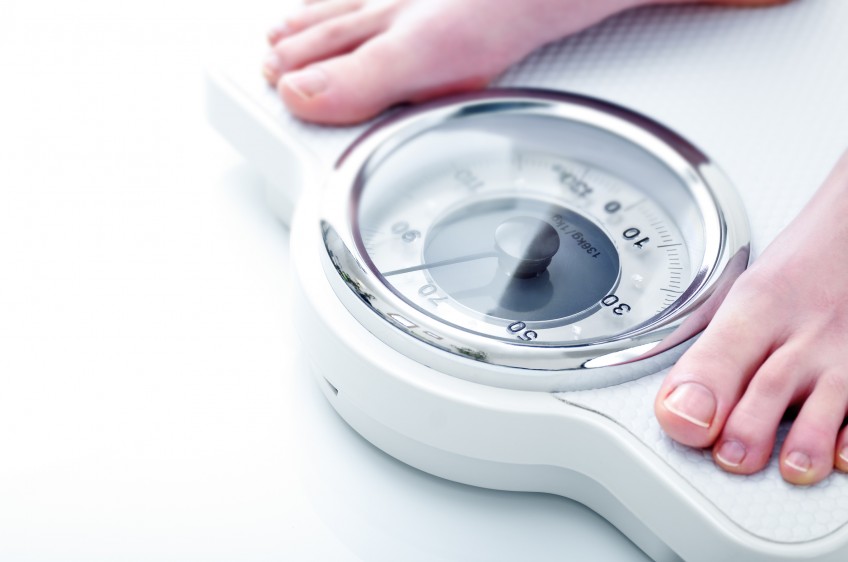
(c) Fotolia
POMC (proopiomelanocortin) deficiency obesity is an orphan disease which has been described in 50 patients to date, although it is estimated to affect 100–500 people worldwide. Although there is currently no specific treatment, a publication in NEJM reports promising results from a phase 2 clinical trial that led to considerable weight loss in female patients. The study involves collaboration between clinical teams from the Charité University Hospital in Berlin, Pitié-Salpétrière Hospital (ICAN – Assistance Publique–Hôpitaux de Paris (AP-HP)), Inserm, Pierre and Marie Curie University, and an American company.
POMC is a hormone that acts in the brain to control hunger and weight. A deficiency in affected individuals leads, from early childhood, to severe obesity associated with endocrine abnormalities (deficiency in cortisol and sex hormones), red hair and very fair skin.
In this study, two female patients were treated with setmelanotide, a powerful agonist of the melanocortin receptor MC4R, involved in the pathway on which POMC acts. With this treatment (one injection per day), the first patient lost 51 kg in 42 weeks, and the second, 20 kg in 12 weeks. The very high insulin levels observed before treatment decreased considerably, and the clinicians observed a reduction in hunger, which caused great relief to the patients.
Setmelanotide thus appears to be an effective treatment for reducing weight and restoring a normal appetite to individuals with POMC deficiency. While these patients are currently continuing their treatment, the investigators are planning clinical trials using setmelanotide in the treatment of other obesity-related genetic disorders, such as Prader Willi syndrome, which is associated with reduced POMC activity and abnormalities in the leptin receptor.


(c) Fotolia
According to a few studies, when their brain suffers from a lack of oxygen, babies born by caesarean section are more likely to develop some mental disorders including schizophrenia. Researchers from Inserm compared two populations of patients with schizophrenia – delivered vaginally or by caesarean section – in order to determine the particular characteristics associated with type of delivery.
The study was conducted on 454 patients (with a mean age of 32 years) who consulted the Expert Centre for Schizophrenia, 11% of whom had been born by caesarean section.
The researchers did not find any links between type of delivery and the characteristics of the disease: age of onset, severity, or response to treatments. However, they observed lower intellectual functioning in schizophrenic patients born by caesarean section, suggesting a link with “neurodevelopmental” schizophrenia, where the disease may be due to an impairment of brain maturation.
Conversely, patients born by caesarean section had less peripheral inflammation than subjects delivered vaginally. However, it had previously been shown that peripheral inflammation, a natural response of the body to stress, may become chronic in people with schizophrenia, and lead to more serious cognitive disorders.
This paradox might be explained by the fact that these patients have a different intestinal microbiota from subjects delivered vaginally, something that has been observed in several studies. Future studies, by analysing the profile of microbiotas, will assess whether the bacterial composition of the digestive tract may influence the weight or intellectual functioning of patients suffering from schizophrenia.
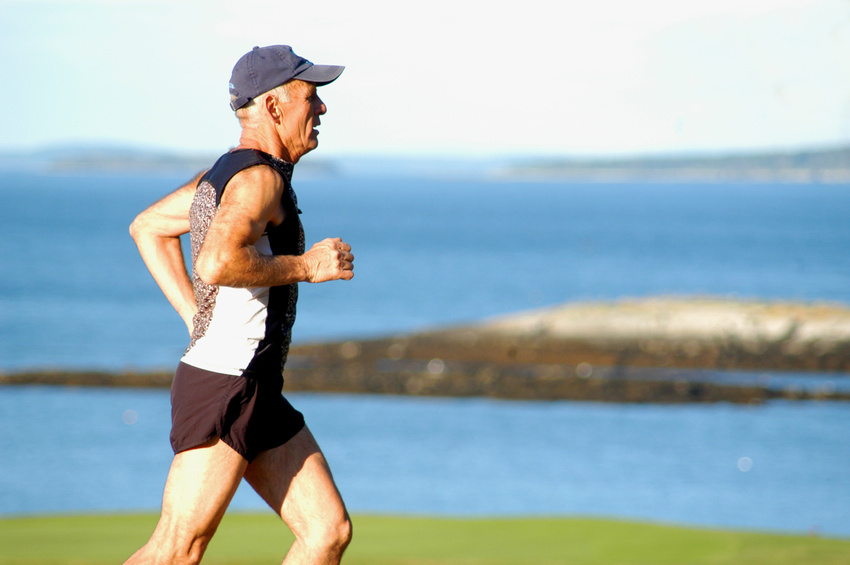
When the upcoming 2016 Summer Olympics are held, some centenarian athletes will be able to witness this competition, 80 years after their own participation for some of them. An Inserm study conducted by researchers from Unit 1093, “Cognition, Motor Activity and Sensorimotor Plasticity,” at the University of Burgundy, analysed the records of centenarian athletes in various disciplines compared with world records, for all age categories combined. The record of centenarian cyclist Robert Marchand, who cycled nearly 27 kilometres in an hour, appears to be the most impressive, since the reduction in his performance is quite limited given his age.
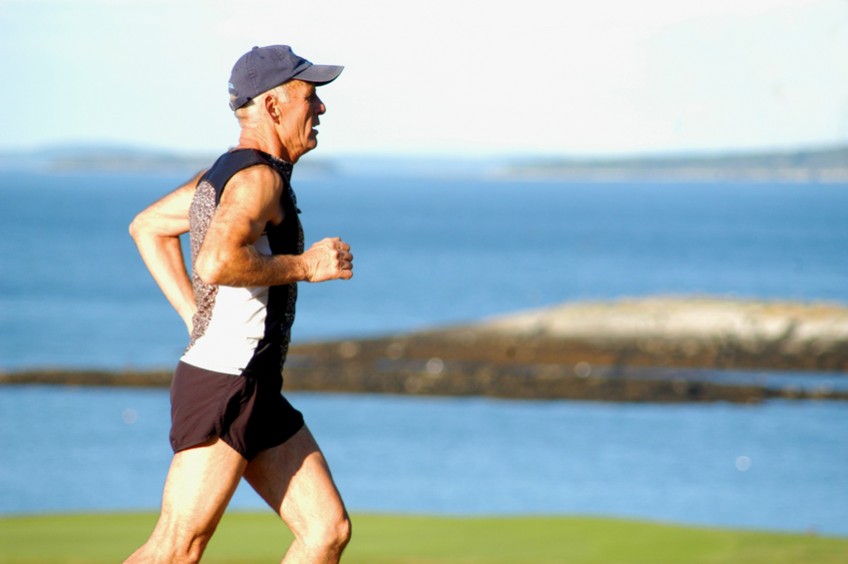
(c) Fotolia
Previous studies have essentially demonstrated that, from the age of 40, and depending on the sport, performances decline steadily by 7–14% every 10 years. Using data from websites of sports associations and federations, Romuald Lepers and his colleagues identified 60 performances by 19 centenarians, in 3 disciplines: athletics, swimming and cycling. Generally, and although they show genuine prowess, their results are obviously very far from being world records: – 78% on average for centenarians compared with the world record. The performance of centenarian Robert Marchand in cycling is exceptional, since he shows only 50.6% of a reduction in his performance, compared with the current world record in this discipline, obtained by Bradley Wiggins in 2015, with over 54 kilometres.
By way of comparison, Robert Marchand cycles half as fast as the record holder in his discipline, whereas other centenarian athletes run or swim at an average of a quarter of the speed. Although these differences seem large, they correspond to genuine exploits.
“Can you imagine achieving these performances at over 100 years of age?” emphasises Romuald Lepers, the main author of this publication.
In addition to Robert Marchand’s remarkable physiological characteristics for his age, the researchers also demonstrated a smaller age-related decline in performances for cycling compared with athletics or swimming.
This work, published in the journal Age and Ageing on Monday 4 July 2016, offers new perspectives for improving our understanding of how the human body can resist the deleterious effects of ageing.

Many people are now arriving in France, after leaving their country of origin, fleeing war or extreme poverty. Whether they are migrants or immigrants, these populations are exposed to precarious circumstances and difficult living conditions. What does this mean for their health?
The latest issue of Science & Santé magazine dedicates 2 pages to this subject:
Read the whole article in Science & Santé magazine issue no. 31 (April/May 2016)
According to Jean-Francois Delfraissy, Director of the Theme-Based Institute of Immunology, Inflammation, Infectiology and Microbiology: “the health issues concerning these populations is a societal problem, which should be tackled by academics. They should aim to provide political decision-makers with a scientific perspective.“

Under severe pressure owing to an intense workload, medical students are attempting to boost their performance by any means. An Inserm study has revealed possible psychostimulant use among a third of these students.
A population of 1,718 French medical students (average age 27 years, 37% male) was interviewed on the subject of psychostimulant use. Inserm researchers recorded the participants’ motives, together with their sociodemographic and academic characteristics.
Among those interviewed, 33% use psychostimulants (29.7% take over-the-counter medicines, 6.7% prescription medicines, and 5.2% illegal drugs). For the majority of students using over-the-counter substances (energy drinks and caffeine-based products), the aim is to enhance memory and concentration in preparation for exams. This type of use is, however, predictive of subsequent medically prescribed psychostimulant use. Out of these products, corticosteroids take the lead (4.5%), followed by methylphenidate and modafinil.
According to the study results, there is a high probability that public health recommendations aiming to restrict the prescribing of methylphenidate and modafinil are indeed effective. These substances are therefore used to a lesser extent by students who fall back on corticosteroids, which are easier to access. According to the researchers, this constitutes a new public health problem given the potential severe side effects of these substances.
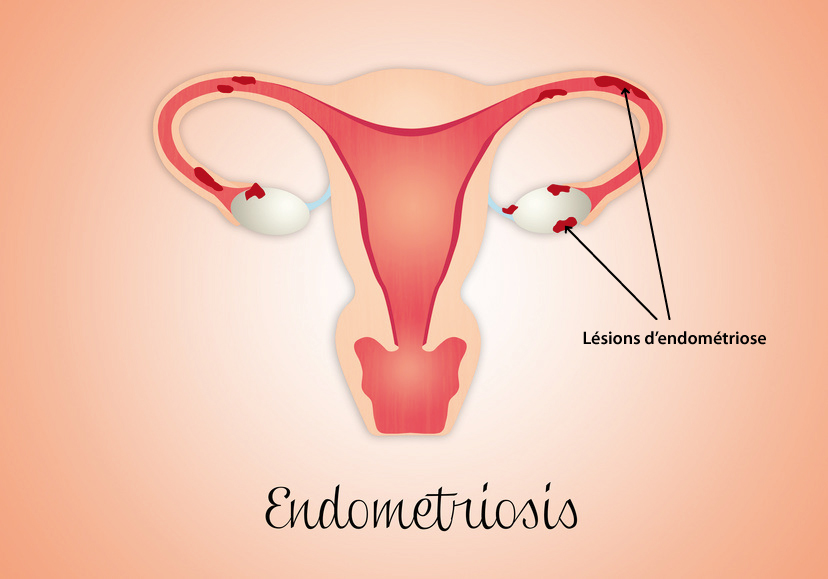
Inserm reports a French study conducted on 750 women which shows that this neglected gynecological disorder significantly increases the risk of miscarriage.
> Read the whole news item on the Inserm.fr website
“We have clearly evidenced the existence of an increased risk of early miscarriage in the first trimester of pregnancy in the presence of endometriosis,”
summarizes Dr. Pietro Santulli, lead author for the study, researcher from Inserm Unit 1016 “Institut Cochin”.














